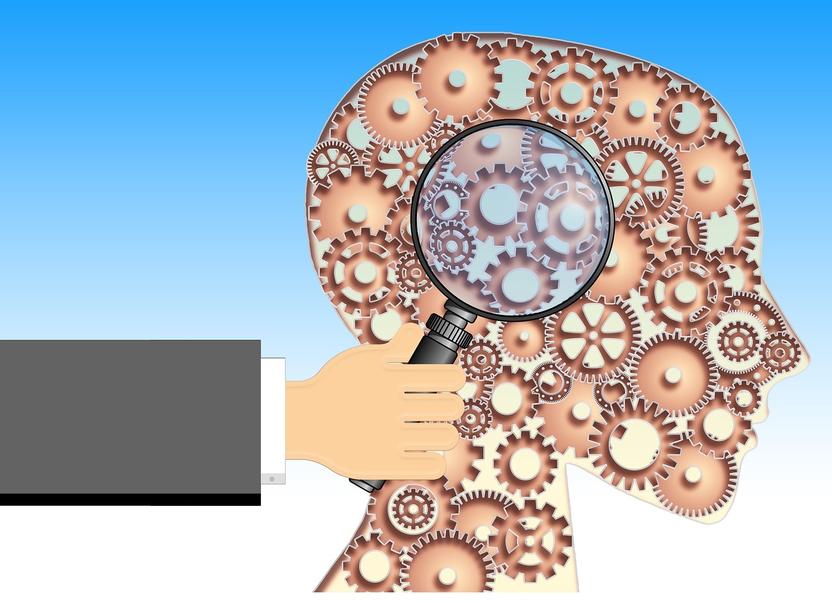Great progress by Institute of the McGill University Health Centre has study astrocytes (the star shape brain cells) which play fundamental roles in nearly all aspects of brain function, could be adjusted by neurons in response to injury and disease.
A research team, led by the Research Institute of the McGill University Health Centre (RI-MUHC) in Montreal, has broken new ground in our understanding of the complex functioning of the brain. The research, which is published in the current issue of the journal Science, demonstrates that brain cells, known as astrocytes, which play fundamental roles in nearly all aspects of brain function, could be adjusted by neurons in response to injury and disease. The discovery, which shows that the brain has a far greater ability to adapt and respond to changes than previously believed, could have significant implications on epilepsy, movement disorders, and psychiatric and neurodegenerative disease.
Astrocytes are star-shaped cells in our brain that surround brain neurons, and neural circuits, protecting them from injury and enabling them to function properly – in essence, one of their main roles is to ‘baby-sit’ neurons. Our brain contains billions of cells, each of which need to communicate between each other in order to function properly. This communication is highly dependent on the behaviour of astrocytes. Until now, the mechanisms that create and maintain differences among astrocytes, and allow them to fulfill specialized roles, has remained poorly understood.
“It was believed that astrocytes acquired their properties during the development of the brain and then they were hardwired in their roles,” says senior study’s author Dr. Keith Murai, director of the Centre for Research in Neuroscience at the RI-MUHC, associate professor of the Department of Neurology and Neurosurgery at McGill University. “We have now discovered that astrocytes are actually incredibly flexible and potentially modifiable, which enables them to improve brain function or restore lost potential caused by disease.’’
